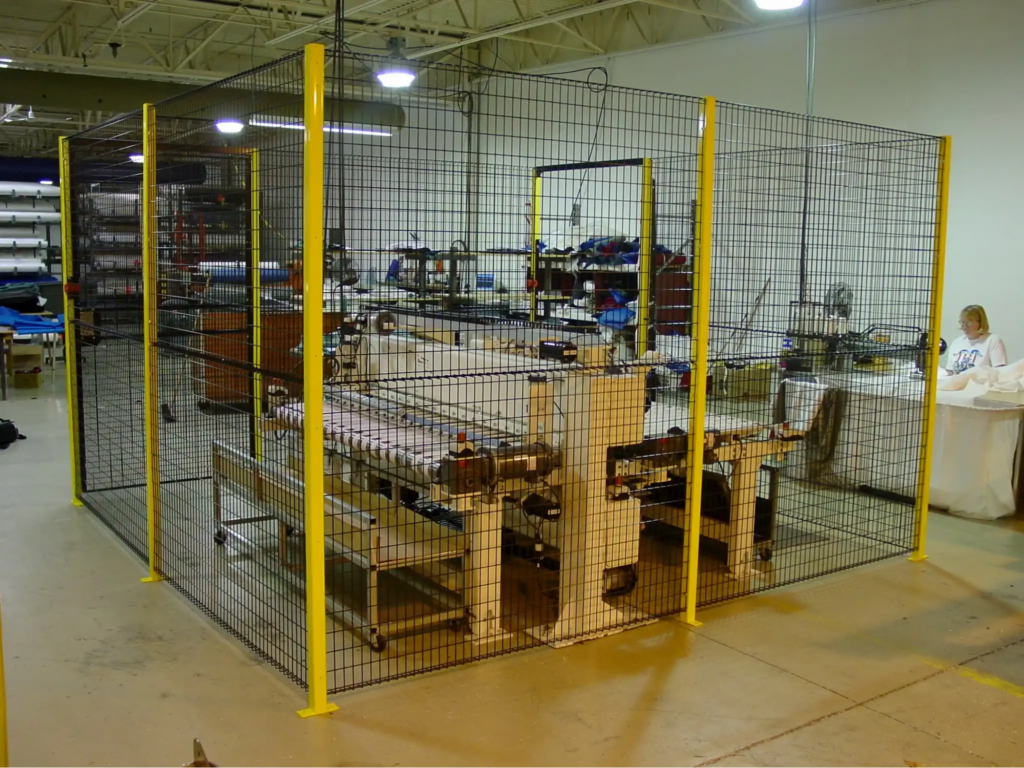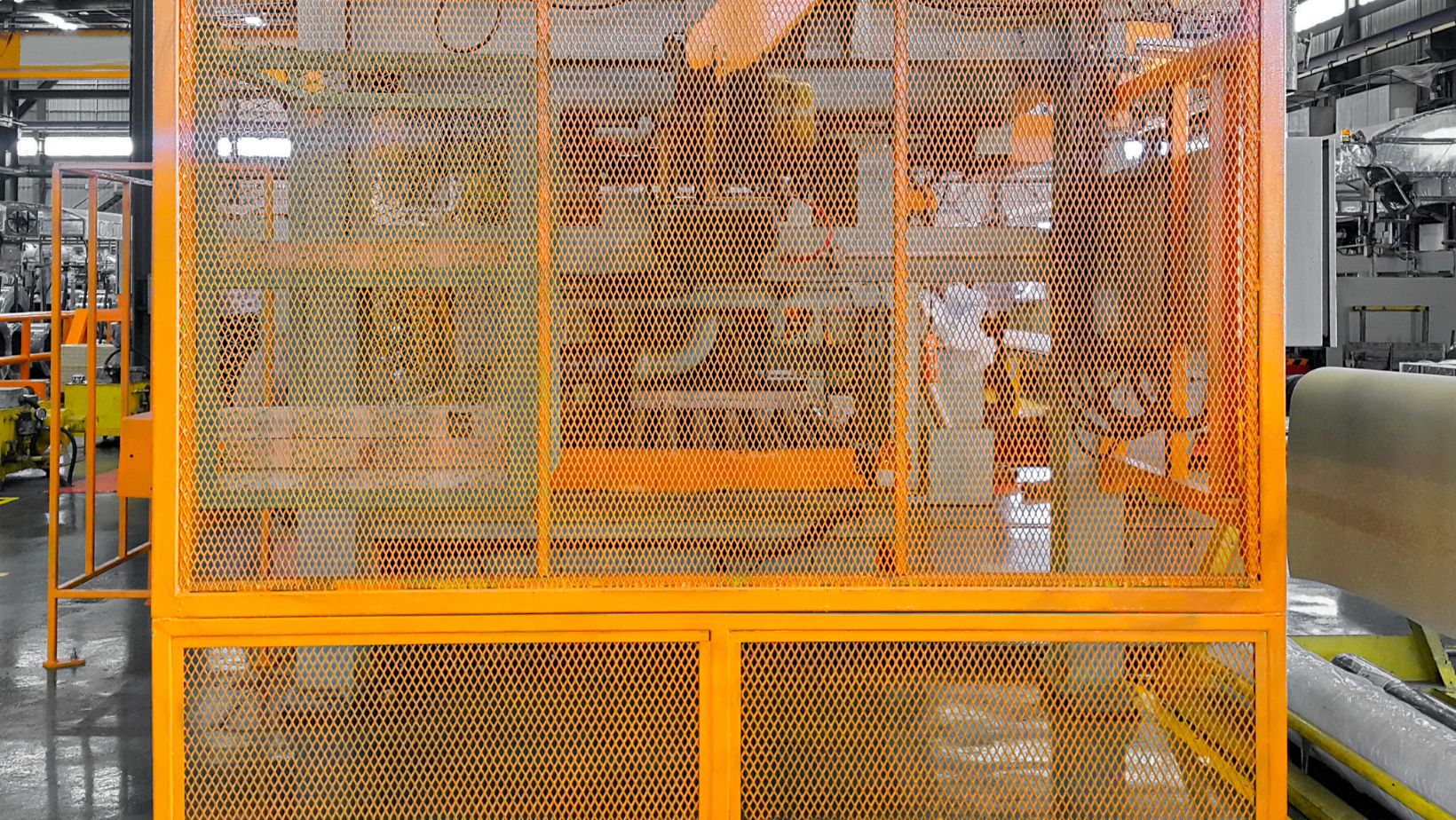
Industrial facilities cannot afford to take workplace safety lightly. Doing so exposes them to several negative possibilities, including:
- Penalties such as OSHA fines
- Increased Workplace Injuries and Accidents
- Fatalities and Death
- Lawsuits and Legal Troubles
- Downtime and Dwindling Productivity
- Equipment Malfunction and Damage
- Damage to Reputation
- Low Employee Morale
Given this, it is essential to put certain measures in place, including the deployment of the right machine-guarding systems. You can click here for more on the need to ensure workplace safety, especially in industrial facilities.
In this article, we shall be looking at one important aspect of ensuring workplace safety. We are referring to the use of machine guarding systems. Our focus will be to provide you with important tips to help you make the right choice.
Key Considerations When Choosing Machine Guarding Systems
Key factors to consider when choosing the right machine guarding system include:
Types of Machinery Used
Machine guards are designed to provide a safe enclosure for equipment based on their unique specifications. As a result, the machines used in a facility will determine parameter of the ideal machine guard solution.
To make this determination, an in-depth knowledge of how the various machines operate, including the risks that come with using them, will be required. When assessing risks, it’s important to define the type, as there are several, including:
- Electrical Hazards – Such as electrical surges and exposed wiring
- Chemical Hazards – Such as toxic fumes and chemical exposure
- Mechanical Hazards – Such as cutting tools, rotating gears, and pinch points
- Thermal Hazards – Such as heated surfaces and high-temperature machinery
A proper risk assessment ensures that the chosen solution addresses specific concerns. Ensure a thorough risk assessment to make the right choice.
Workplace Layout
While some may be ideal for certain machines, space constraints can make their use unfeasible in some facilities. As a result, there would be a need to turn to options that fit the workplace layout. This, of course, has to be done without compromising workplace safety and causing operational disruptions.
Industry and Regulatory Compliance
The right machine guarding system would conform to industry and regulatory safety standards. As a result, knowledge of relevant industry and regulatory standards is important to make choices that align with them.
By the way, OSHA (Occupational Safety and Health Administration) is a standard that cuts across various industries. For more information on OSHA, you can visit: https://en.wikipedia.org/.
Efficiency
An efficient machine guarding solution is not just one that ensures workplace safety. It is equally one that does not impede machine operation while performing this important task. This is why in addition to safety; usability should be a major consideration factor when choosing these workplace safety solutions.
Durability
You want to get machine guarding systems that are reliable. A system can be described as reliable if it meets two criteria:
- It must perform its primary task adequately.
- It must be able to perform this task optimally for a long time.
While task performance is great, durability ensures cost-effectiveness, which is equally important even for industrial facilities.
Maintenance Needs
You should choose a low-maintenance option for the good results. For starters, this will offer cost-effective benefits considering the reduced maintenance cost. Secondly, it will significantly reduce downtime and boosts productivity by minimizing maintenance time.
Types of Machine Guarding Solutions
The peculiarities of workplace safety concerns and the differences in the machines used has resulted in the availability of various kinds of machine-guarding solutions. Some of the available options include:
Fixed Guards
They are permanently fixed barriers and are greatly suited for preventing people from coming in close contact with moving parts. Their durability and minimal maintenance needs make them a common option for many facilities.
Interlocked Guards
The opening or removal of these guards automatically shuts down the machinery in question. This makes them an ideal option for industrial settings where restricted access during operation is crucial. These are mostly high-risk environments.
Presence-Sensing Devices
Technological advancement has informed the availability of certain machine guarding systems and this option is a prime example. Its advanced safety features automatically halt operation upon detecting human presence.
Laser scanners, pressure-sensitive mats, and light curtains are examples of safety features that this option uses. This helps prevent accidents caused by human contact with machinery.
Adjustable Guards
Flexibility is the major highlight of this option. This is because this machine guarding option can grant varying degrees of access, all while ensuring workplace safety. They are ideal for industrial settings with operations involving various work pieces or materials.
Self-Adjusting Guards
Self-adjusting machine guards automatically adjust to the machinery’s movement, thereby contributing immensely to workplace safety. This option focuses on reducing contact with the machinery since manual adjustment by operators is a possible cause of workplace accidents.
Conclusion
In addition to the considerations discussed here, consultation with machine guard experts increases the chances of choosing the right systems for workplace safety. So, ensure that these professionals are a vital part of your decision-making process.









